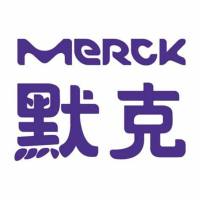Assays for In Vitro and In Vivo Synergy
互联网
705
In the study of multi-modality therapy or combined chemotherapy, it is of interest to determine whether the combined effects of two agents are additive or whether their combination is substantially different from the sum of their parts (1 ,2 ). While controversy and discussion continue and new methodologies continue in development, two methods for the determination of synergy/additivity have emerged over the past 10 years as the main functional systems for the experimentalist and investigator in cancer. These are the median effect/combination index method and the isobologram method (3 –14 ). This chapter will discuss these methods and provide examples, but will not delve into the mathematical derivations associated with each. Both methods have been applied widely. One or the other method may be more applicable to the drug interaction being studied, often this cannot be determined until after the experiment is done. Unfortunately, the method for determination of synergy/additivity must be selected before the experiment is performed since each method requires attention to experimental design. Some investigators have applied both the median effect/combination index and the isobologram analyses to their work.








